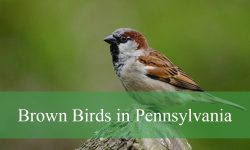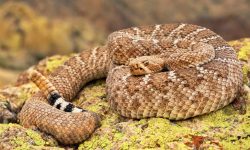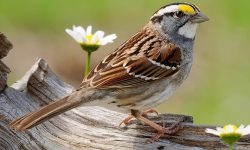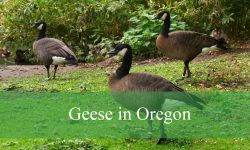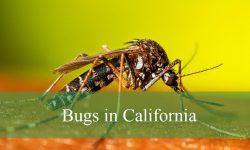Michigan butterflies offer a vibrant tapestry of colors fluttering through diverse habitats, from lush woodlands to urban gardens. With over 150 species recorded, Michigan provides a haven for butterfly enthusiasts and researchers alike, showcasing the rich biodiversity of these delicate winged creatures.
The article below will help you explore the 44 most common butterfly species found in Michigan, learn about their characteristics, and identify them.
Different Types of Michigan Butterflies
Eastern Comma
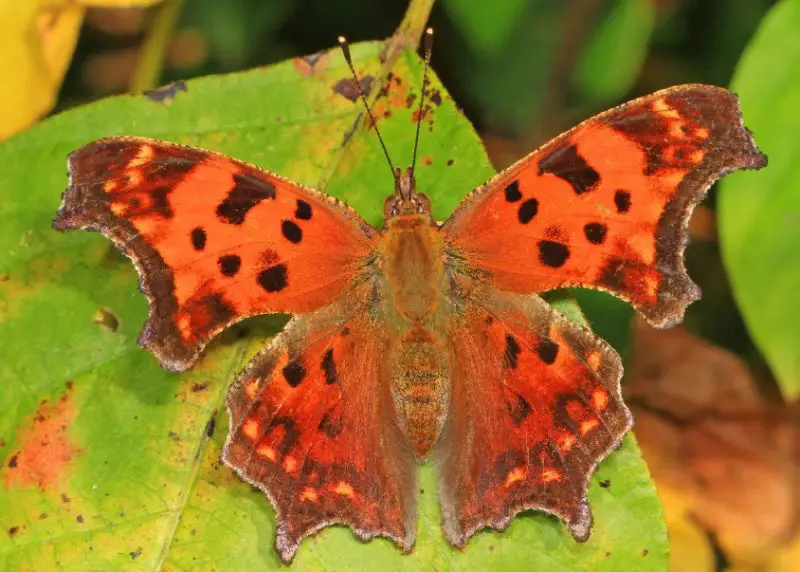
Eastern Comma butterflies (Polygonia comma) display yellow-orange and brown coloration, with lighter forewings marked by black or dark brown spots. Their bodies are gray-brown. These butterflies have specific host plant preferences: adults rely on nettles, while caterpillars often inhabit common trees like the American Elm.
Painted Lady
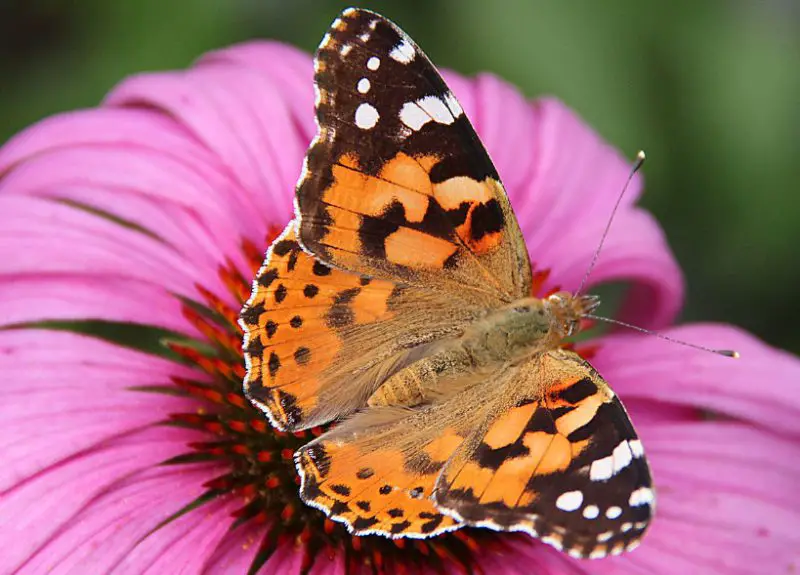
Painted Lady butterflies (Vanessa cardui) are identified by their orange base color with black forewings featuring white spots. Their bodies are light brown, matching the ventral wing color, which also displays eyespots. Migratory in nature, they move south after summer, primarily feeding on nectar from various aster species.
Canadian Tiger Swallowtail
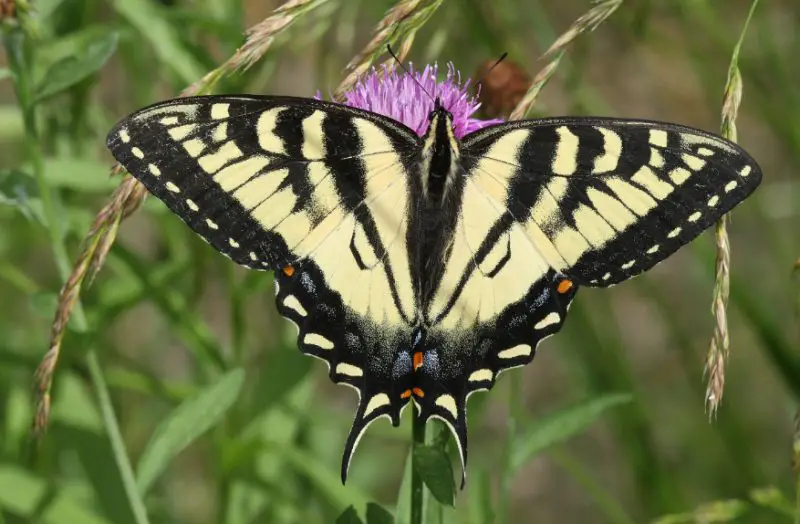
Canadian Tiger Swallowtails (Papilio canadensis) in Michigan have yellow-dominant wings with black margins and two short black tails on their hindwings. Present in the summer, this species migrates from Canada and has only one brood annually. Their striking yellow and black coloration makes them easily identifiable.
American Lady
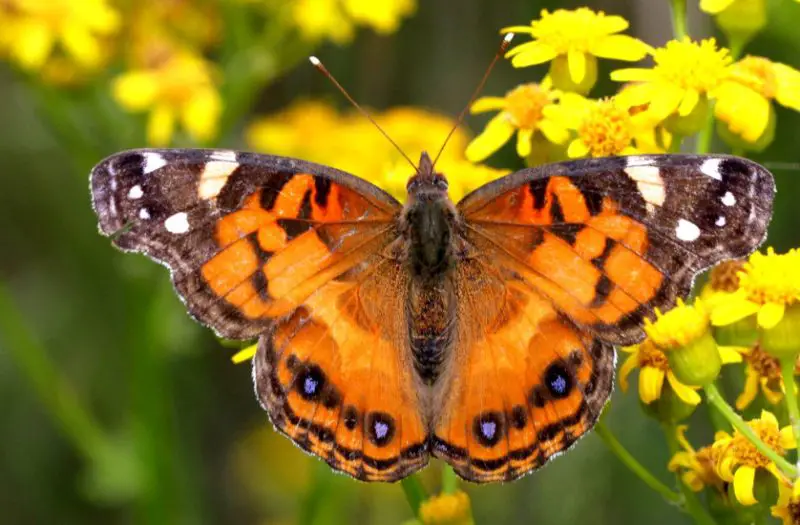
American Lady butterflies (Vanessa virginiensis) have orange wings with black sections and white marks. Their ventral wings are brown-gray with large blue eyespots. These eyespots help divert predator attacks to less vital areas, enhancing survival chances. They resemble Painted Lady butterflies but can be distinguished by their unique eyespot patterns.
Essex Skipper
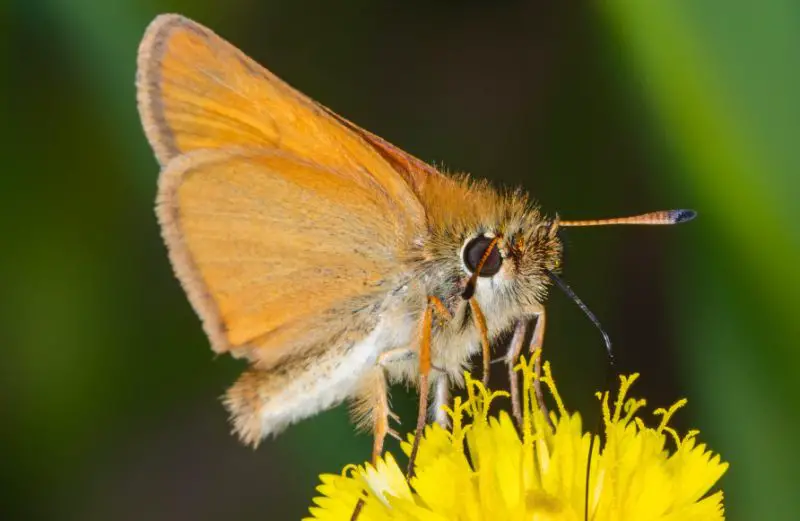
Essex Skippers (Thymelicus lineola) feature dark orange or dark brown wings with dark brown to black margins. Their ventral wings have a muted gray-brown color. Identified by their V-shaped foldable forewings, females lay green-yellow eggs on green plants. This species’ dark coloration helps it blend into its surroundings.
Compton Tortoiseshell
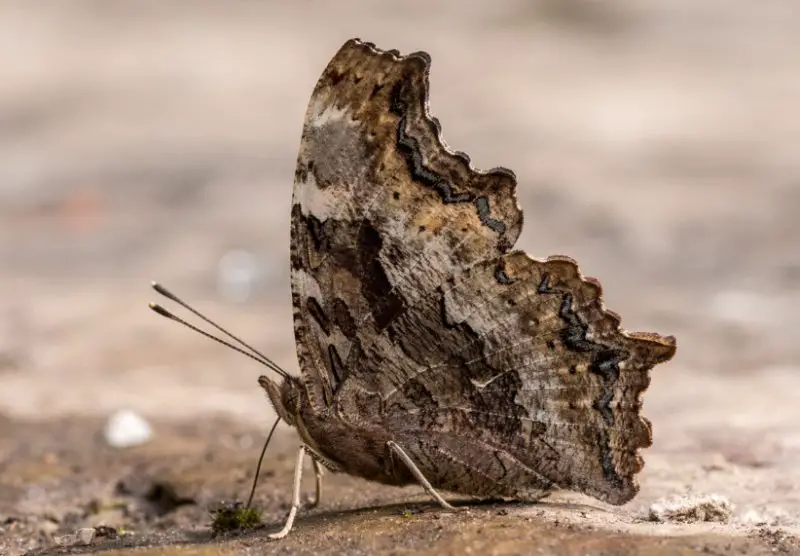
Compton Tortoiseshell butterflies (Nymphalis l-album) are typically found in riparian areas, favoring willows and aspen. Both caterpillars and adults use willows for hosting and nectar. Adults also consume plant sap and occasionally eat fruit. Their presence near water sources makes them relatively easy to spot.
Clouded Sulphur
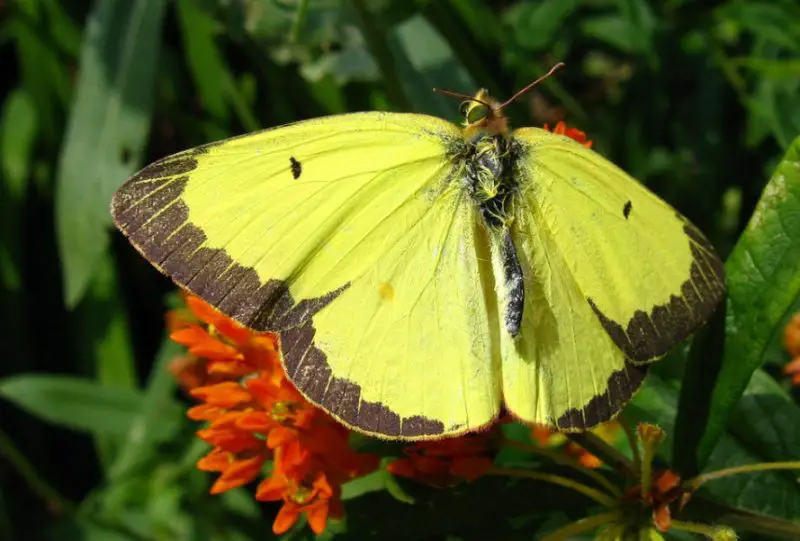
Clouded Sulphurs (Colias philodice) vary in color from yellow to light green, with rare white female morphs. They feed on various plants, including legumes, making them common pests. Caterpillars are often found on white plums. Their color variability and plant associations help identify them.
Hobomok Skipper
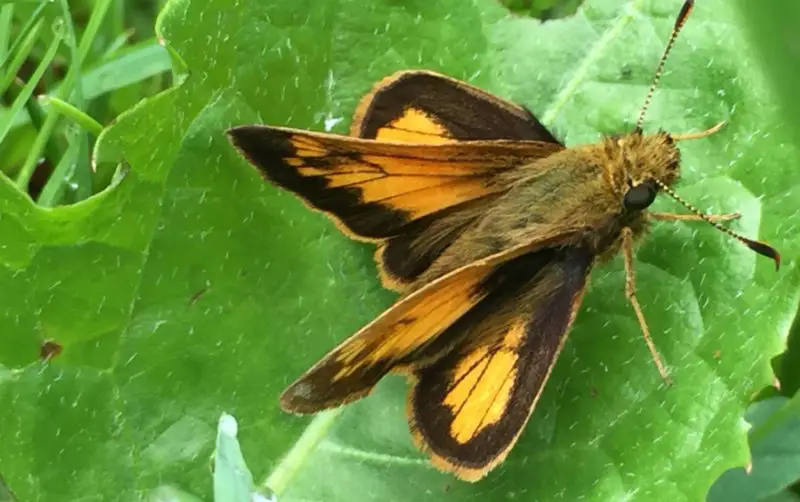
Hobomok Skippers (Lon hobomok) belong to the Hesperiidae family and are identified by their yellow and brown coloration, often confused with other skippers. They have distinctive upward-facing forewings. These skippers are commonly found near woodlands throughout the state.
Eastern Tailed-Blue
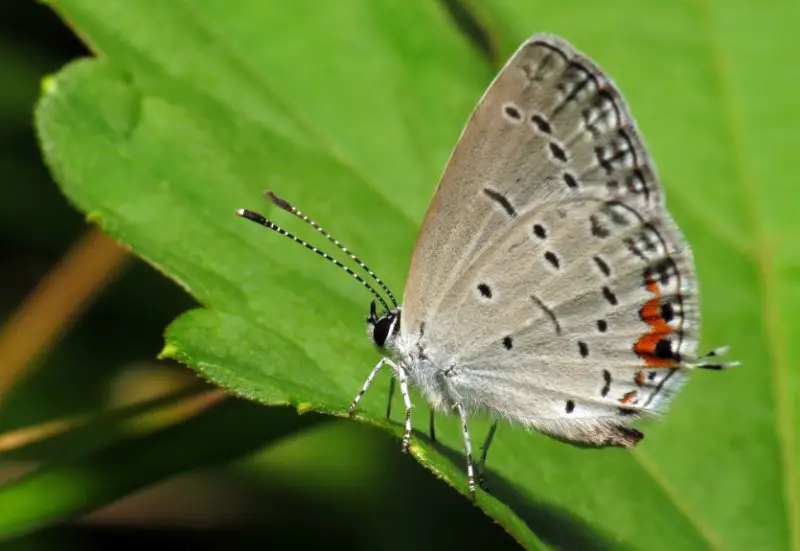
Eastern Tailed-Blue butterflies (Cupido comyntas) are dark-colored and considered pests in crops and gardens, feeding on various vegetable leaves. They are occasionally seen eating small plants and legume seeds. Their presence often indicates potential damage to agricultural and garden plants.
Small Copper
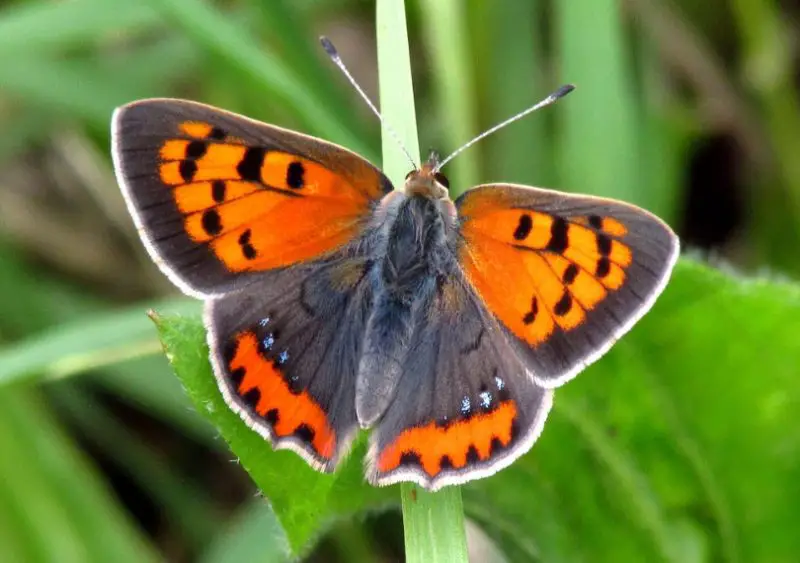
Small Copper butterflies (Lycaena phlaeas) favor sunny habitats near woodlands or clearings. They are characterized by orange forewings and mostly dark brown hindwings, with brown spots on the orange sections. Sorrel plants are among their preferred host plants.
Banded Hairstreak
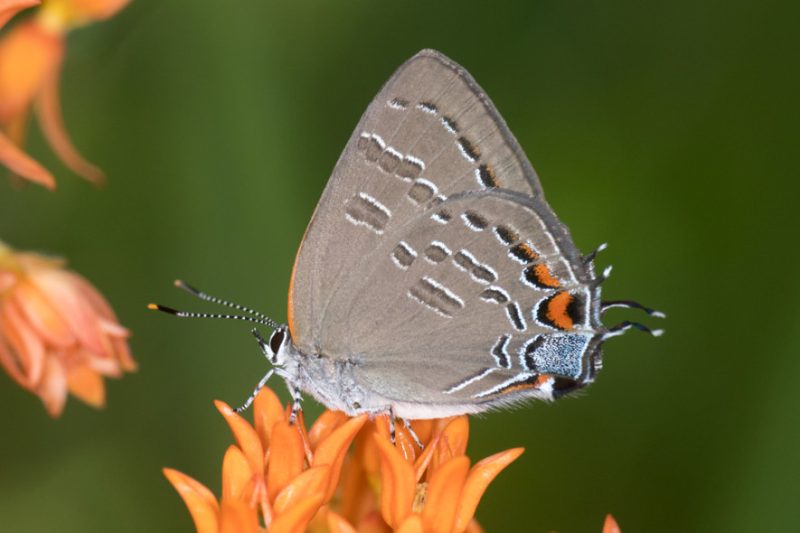
Banded Hairstreak butterflies (Satyrium calanus) employ mimicry with their gray-brown ventral wings resembling tree bark to evade predators. They feed on tree leaves, with preferred species including hardwood trees like oak and hickory. Despite their feeding habits, they have minimal negative impact on tree health.
Question Mark
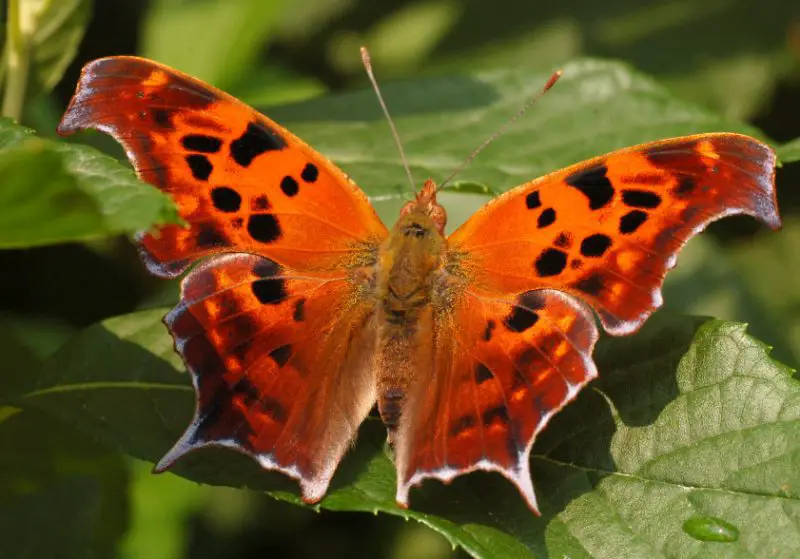
Question Mark butterflies (Polygonia interrogationis) primarily feed on tree sap but do not harm trees. They prefer decaying matter, including carrion and small, rotting fruits. Identified by their distinct question mark-shaped markings, they boast a wingspan of up to 3 inches.
Least Skipper
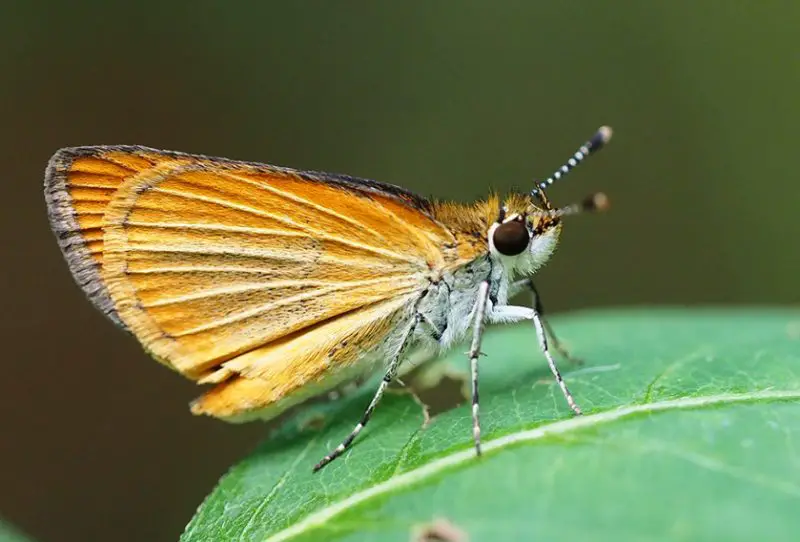
Least Skippers (Ancyloxypha numitor) thrive in humid habitats with tall grass. Active from May to September in Tennessee, their flight season differs from those in warmer climates, where activity can extend until December. Identified by their preference for humid environments, they frequent areas with dense vegetation.
Appalachian Brown
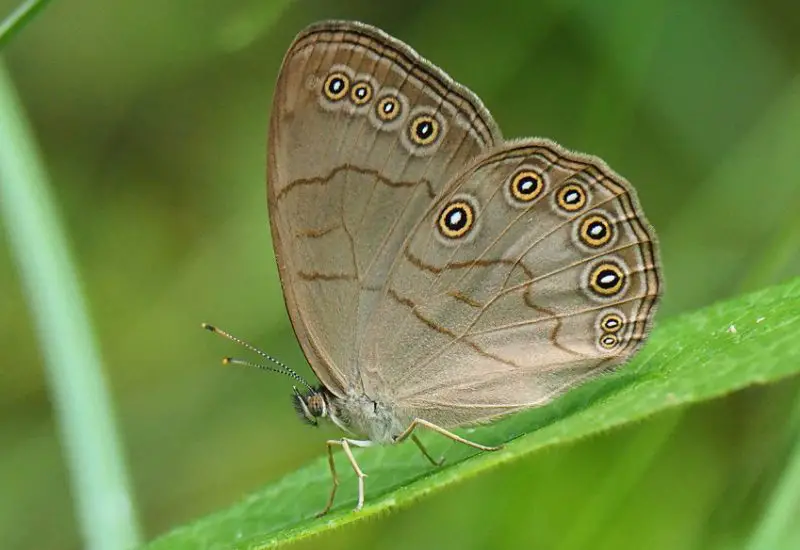
The Appalachian Brown Butterfly (Lethe appalachia) is recognized by its numerous eyespots, boasting 10 distinct ventral eyespots with dark brown centers outlined in yellow and black, each featuring a white central point. Its dorsal wings are predominantly dark brown, while the ventral wings display a light brown-gray hue.
Common Checkered-Skipper

The Common Checkered-Skipper (Burnsius communis) frequents open fields, valleys, and meadows in Tennessee. Identified by its checkerboard patterned wings, it features gray to blue hairs along its body. Despite its diminutive size, its distinct markings make it easily recognizable, with a wingspan as short as 19mm.
Common Buckeye
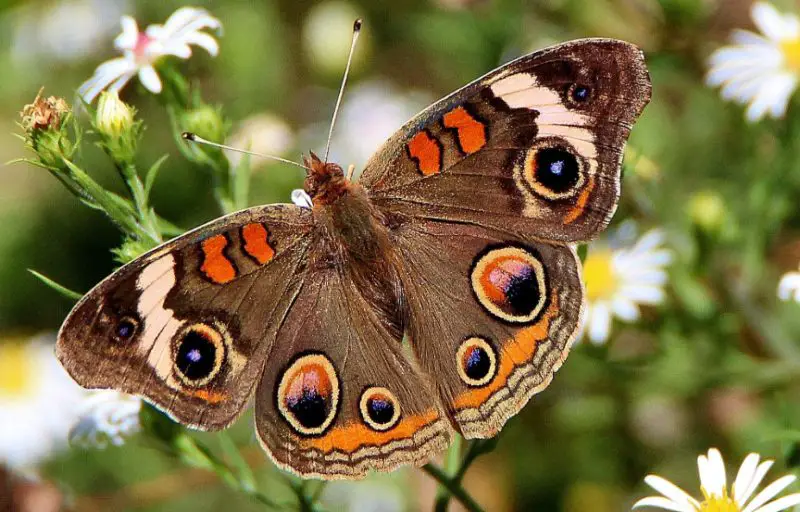
Common Buckeye butterflies (Junonia coenia) feature large eyespots on their dorsal wings, with brown coloring dominating the forewings and upper hindwings. This species exhibits migratory behavior, relocating to Southern states, including habitats in California, to avoid cold Northern winters.
Dun Skipper
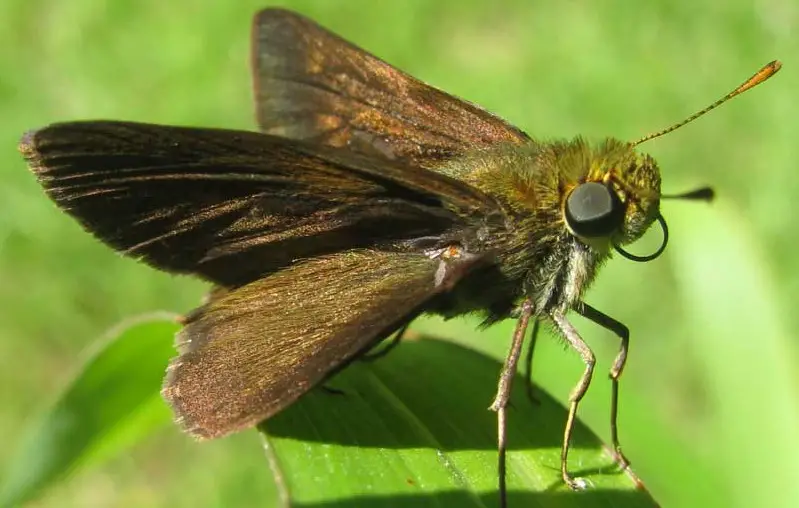
Dun Skippers (Euphyes vestris) are petite butterflies with dark brown wings adorned with light brown spots on the forewings. They typically feed on purple vetch and peppermint, while mountain sweet serves as sustenance at higher elevations. Their caterpillars exclusively feed on sedges, aiding in their identification.
Common Ringlet
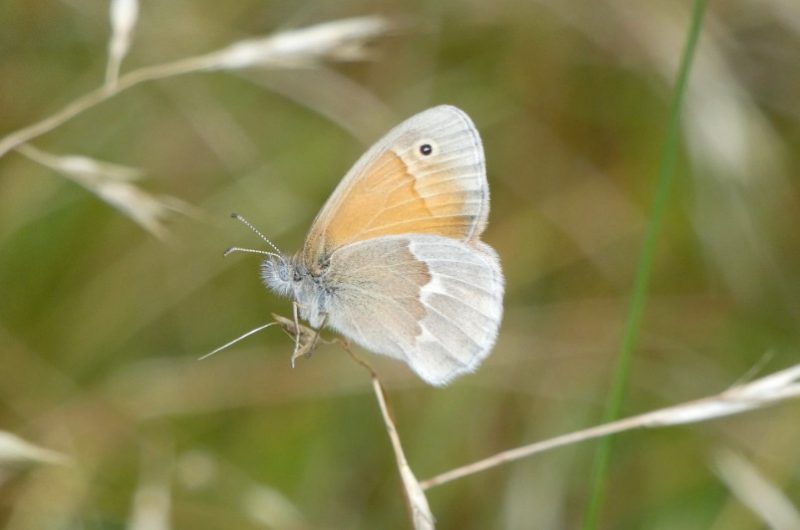
Common Ringlet butterflies (Coenonympha california) are small with white or off-white coloring and gray-tan areas on their ventral wings. Small black eyespots dot their ventral wings. They fly close to the ground, often in grassy habitats.
Orange Sulphur
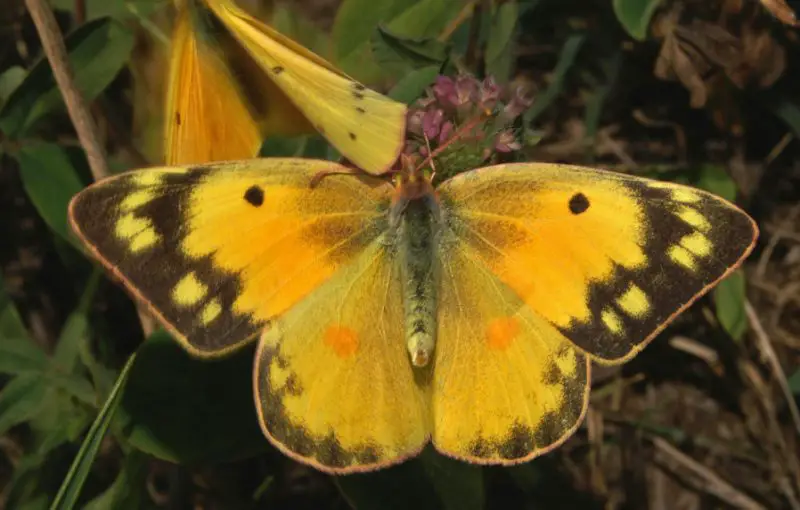
The Orange Sulphur butterfly (Colias eurytheme) is often considered a serious pest, especially for alfalfa crops. Its nocturnal caterpillars can cause damage to legumes, including pea family plants. Due to its association with alfalfa, it’s sometimes called “The Alfalfa Butterfly.”
Summer Azure
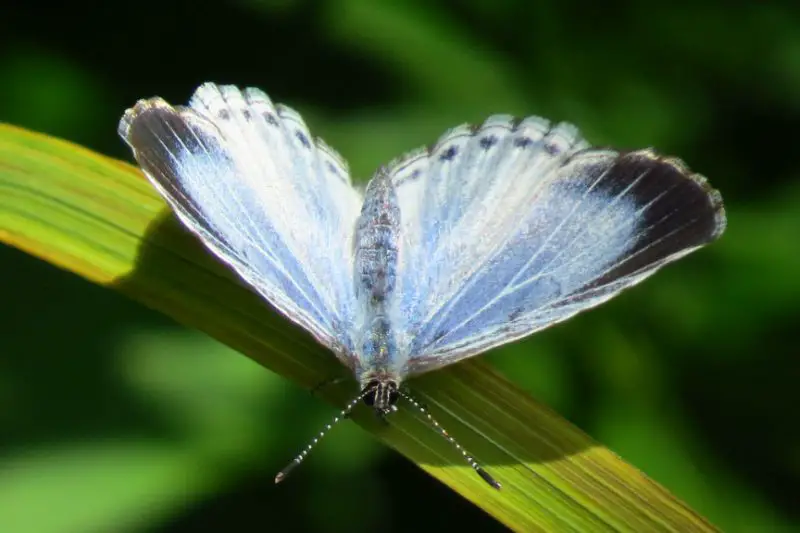
Summer Azures (Celastrina neglecta) thrive in habitats with dogwood, as their caterpillars depend on these plants for food. Adults seek plant nectar in various areas. Despite their small size, with a wingspan just over 1 inch, they may gather in groups until overcrowding prompts dispersion.
Northern Azure
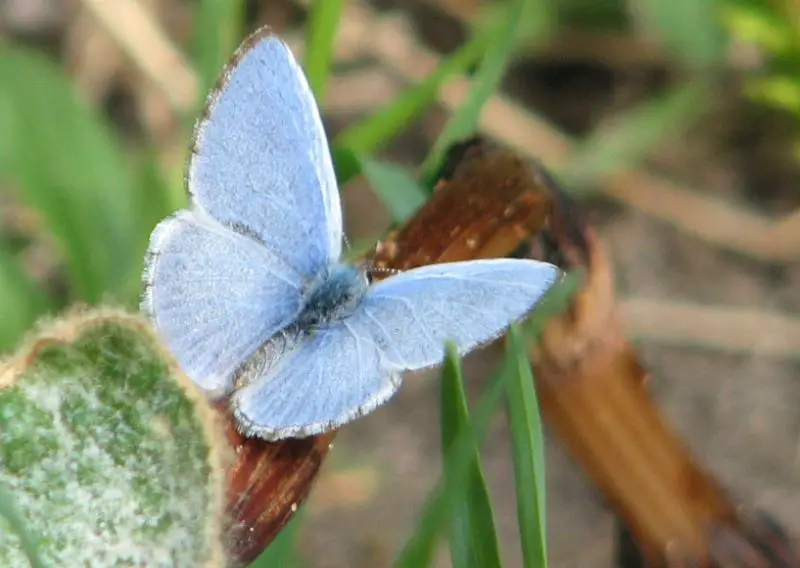
Northern Azures (Celastrina lucia) feature bright blue coloring on the dorsal wings with narrower black margins compared to Summer Azures. They inhabit areas rich in blueberries, hillside blueberries, and cranberries, where both adults and caterpillars can be found.
Monarch
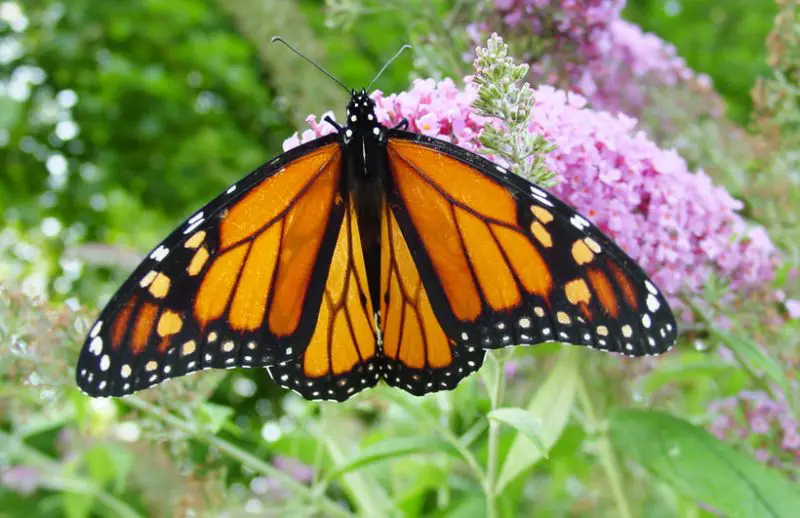
The Monarch butterfly (Danaus plexippus) is renowned as the most common butterfly in the state. Named after King William III, known as the King of Orange, it primarily associates with host plants like Showy milkweed. Migratory in nature, it heads South just before winter. Additionally, Monarchs mimic Viceroy butterflies to deter predators by appearing unpalatable.
Red-spotted Admiral
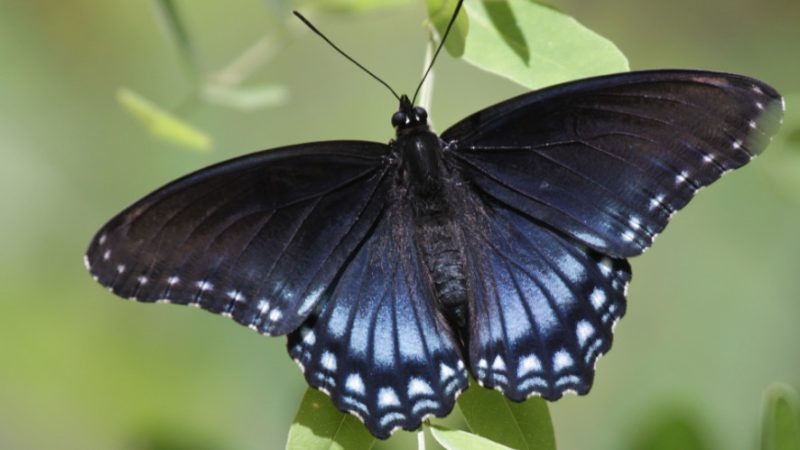
The Red-spotted Admiral (Limenitis arthemis) is abundant in areas with willows. It utilizes black cherry and sour cherry as hosts, with black cherry being more common in the South and sour cherry in the North. Identified by its up to 3.5-inch wingspan, it features black and blue upper forewings and light blue lower hindwings, with orange spots on both dorsal and ventral sides.
Black Swallowtail
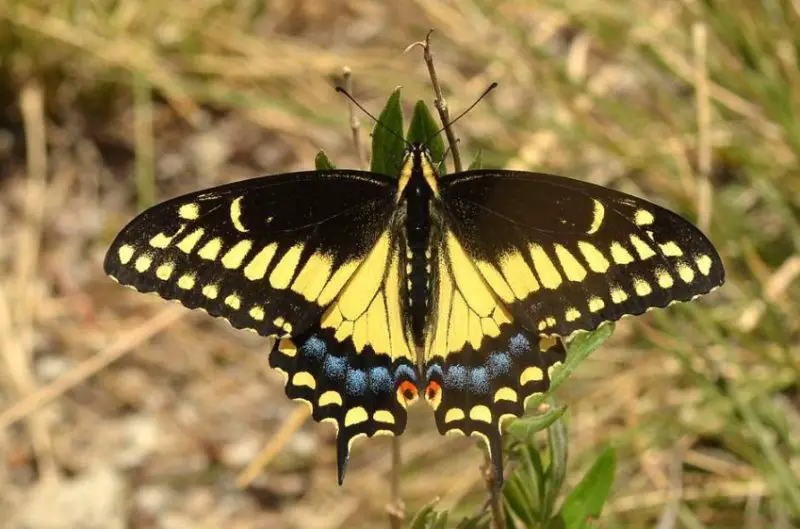
Black Swallowtails (Papilio polyxenes) are prominent large butterflies with distinctive long black tails, wings, and bodies. They feature yellow, blue, and orange markings, adding to their striking appearance. Males engage in elaborate group mating rituals, where females select mates from gathered groups.
Cabbage White
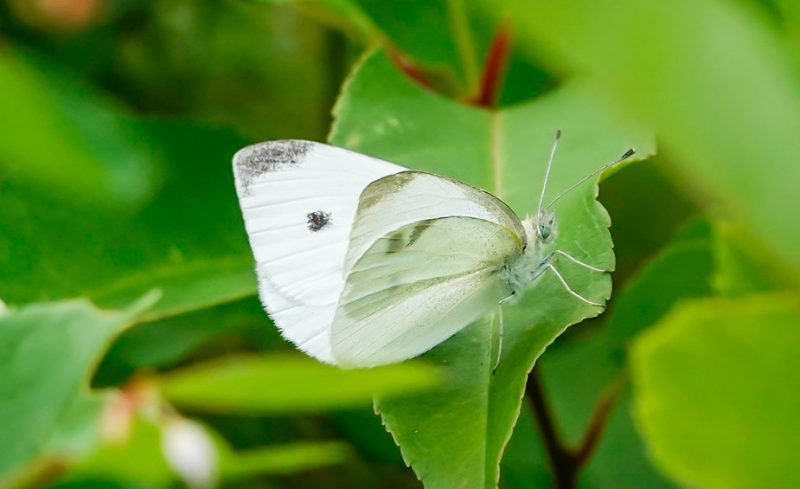
Cabbage White butterflies (Pieris rapae) are similar to Large White species, favoring cabbages and crucifers as larval hosts. They’re found in urban areas in small numbers and in crops and valleys in high numbers. Their base color is white, with black markings varying in males and females. They’re relatively small, with a wingspan of up to 1.9 inches.
Eastern Tiger Swallowtail
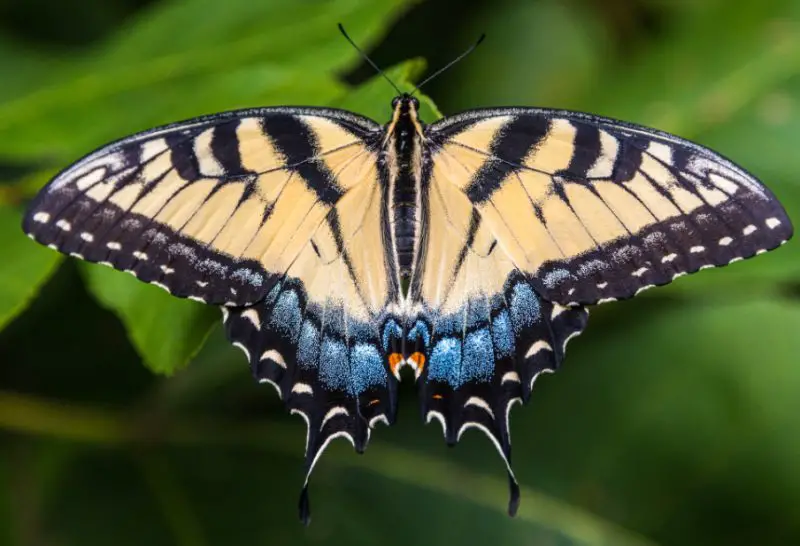
Eastern Tiger Swallowtails (Papilio glaucus) are distinguished by their yellow and black coloring. Found across the United States and Michigan, they use various flowers, like wild roses and trees, as hosts. They’re often seen puddling, where males gather to feed on mud for nutrients.
Silver-spotted Skipper
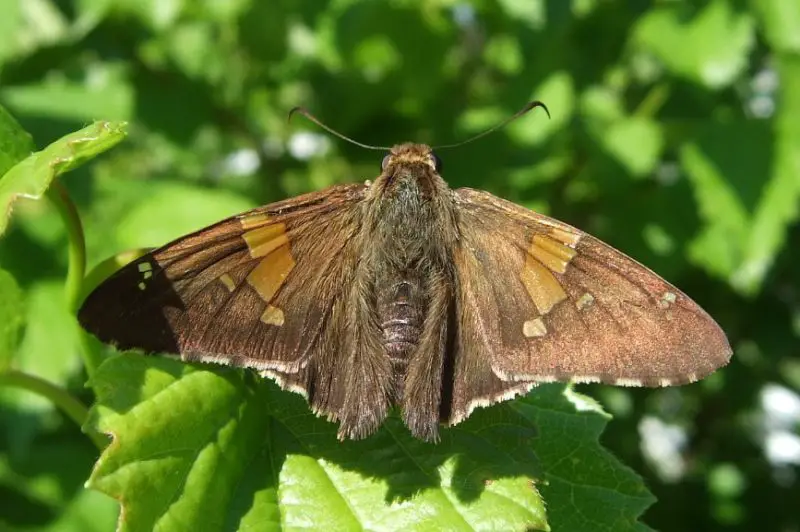
Silver-spotted Skippers (Epargyreus clarus) are the predominant skipper butterflies in the state, recognized by their dark brown coloring and green larvae. Notably, the larvae cocoon themselves in silk shelters around host plants as a protective measure against predators, including wasps.
Mourning Cloak
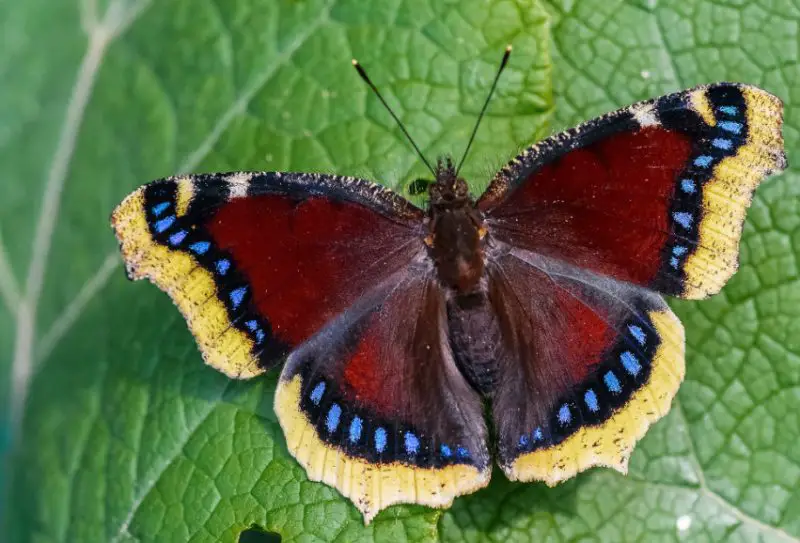
Mourning Cloak butterflies (Nymphalis antiopa) are widespread across the Northern Hemisphere. They often perch on tree bark with wings closed for camouflage. Dorsal wings display brown, yellow, and blue hues. While adults camouflage well, caterpillars face predators like wasps and birds with less protection.
Red Admiral
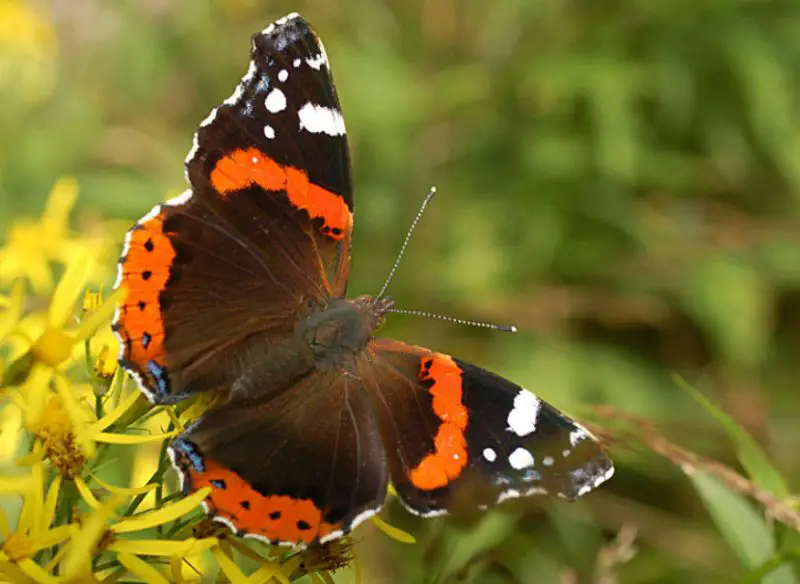
Red Admirals (Vanessa atalanta) are large butterflies with wingspans exceeding 70mm, characterized by mostly black wings. Originating from Europe, they migrate to Southern US states for winter before returning in spring. They frequent areas with stinging nettle and are among the most common butterflies in the state.
Spicebush Swallowtail
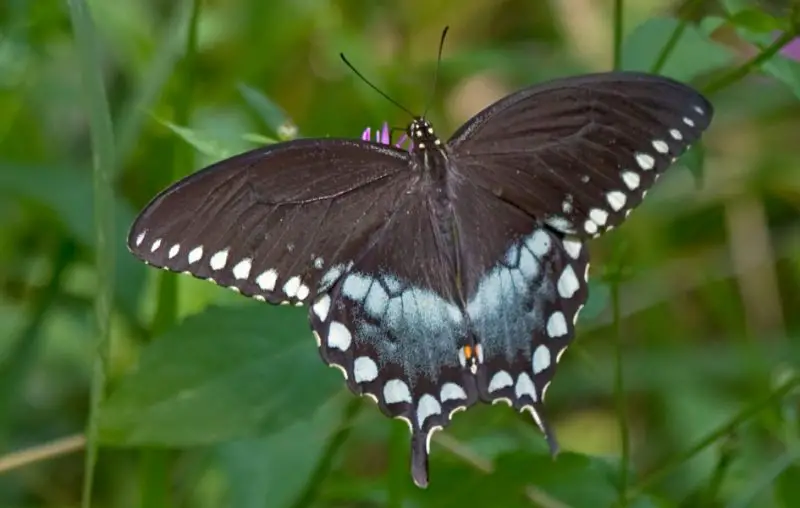
Spicebush Swallowtails (Papilio troilus) favor spicebush as their primary plant. They frequent lantana, thistles, and milkweed for nectar. Among the largest butterflies in the state, they feature mostly black wings with blue, orange, and white markings on their hindwings. Contrasting white dots adorn the wing margins.
Peck’s Skipper
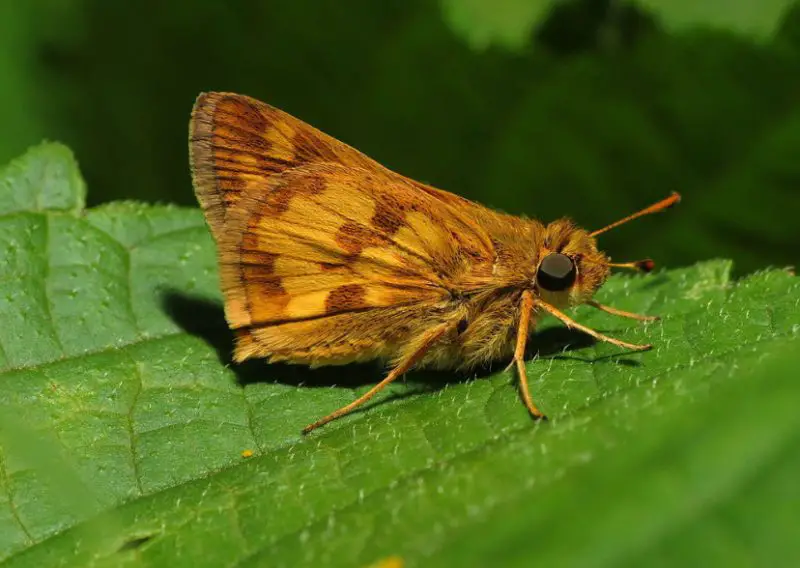
Peck’s Skippers (Polites peckius) are common grassland butterflies in the state, often spotted in meadows and along roadsides. They feed on clover nectar, with a preference for thistles. Identified by the V-shaped fold of their forewings, they typically have at least two broods per year.
Pearl Crescent
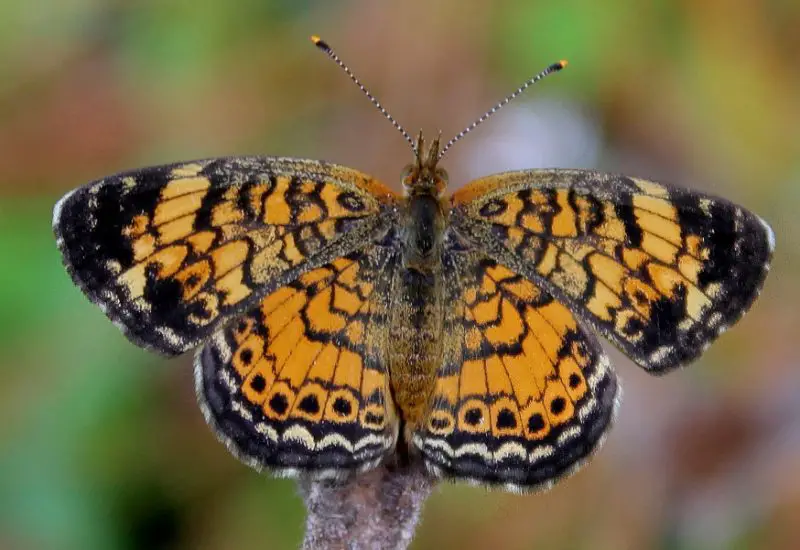
Pearl Crescents (Phyciodes tharos) are diminutive orange butterflies in Michigan with wingspans ranging from 20 to 34mm. Predominantly orange, their wings feature black patterns and white dots along the edges. Active until November, their presence correlates with the blooming of asters.
Northern Crescent
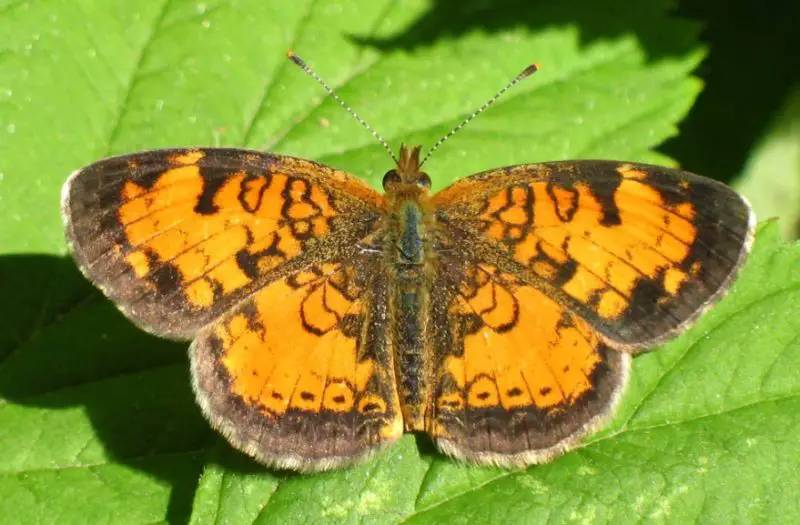
Northern Crescents (Phyciodes cocyta) share similarities with Pearl Crescents in size and coloring. Their wings display orange with black margins and patterns. With a size of up to 38mm, they are relatively small. Found on asters near meadows and woodlands, they feed on dogbane nectar as adults.
Great Spangled Fritillary
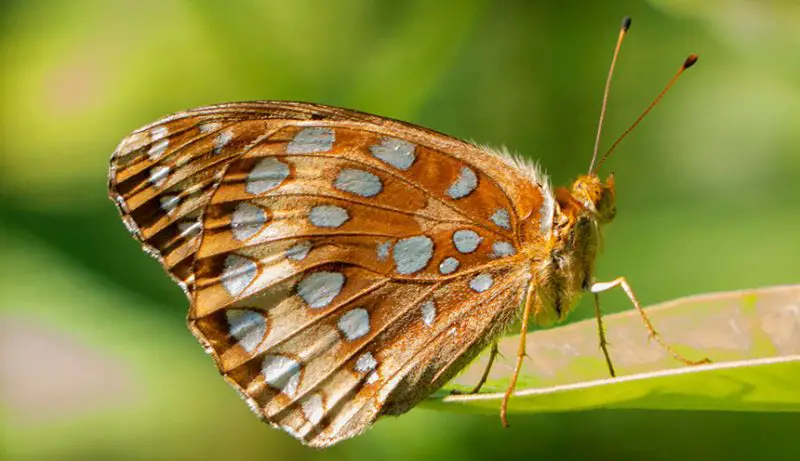
The Great Spangled Fritillary (Speyeria cybele) is characterized by brown upper wings and yellow hindwings adorned with black patterns. Its ventral wings feature light brown hues with large white spots. These butterflies are medium to large, with a wingspan of up to 88mm.
Northern Pearly-Eye
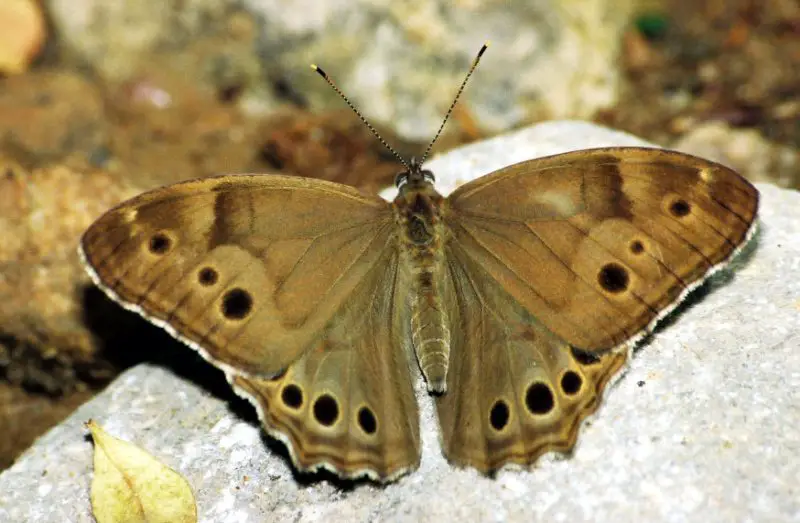
Northern Pearly-Eye butterflies (Lethe anthedon) frequent lawns, gardens, and parks, utilizing various grasses as host plants for their caterpillars, with bearded shortgrass being common. Identified by their dark brown coloration and multiple black eyespots, both dorsal and ventral.
Viceroy

Viceroy butterflies (Limenitis archippus) closely resemble Monarchs with their predominantly orange wings, black veins, and margins. They mimic distasteful species for protection. Active during the day, they prefer mornings for feeding and mating.
Eastern Giant Swallowtail
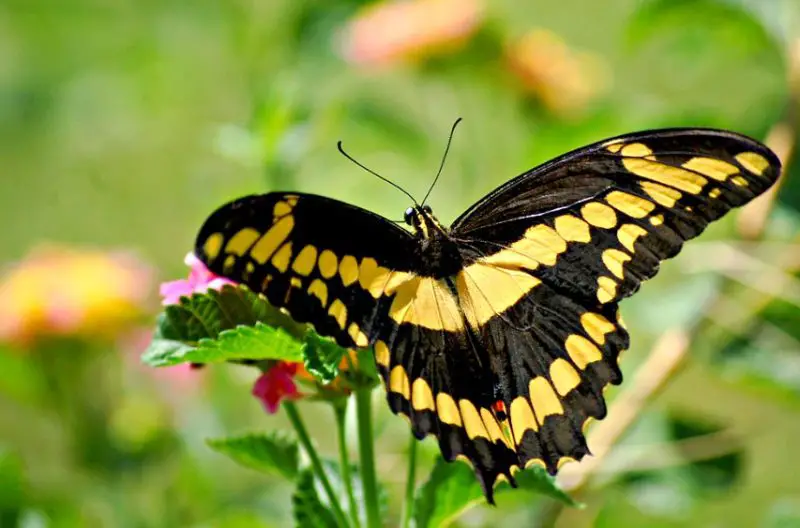
Eastern Giant Swallowtails (Papilio cresphontes) are citrus pests, with caterpillars damaging various crops. Among the largest butterflies in the state, they feature black forewings and hindwings. Yellow accents, including a horizontal band and wing margins, contrast with their dark wings.
Little Wood Satyr
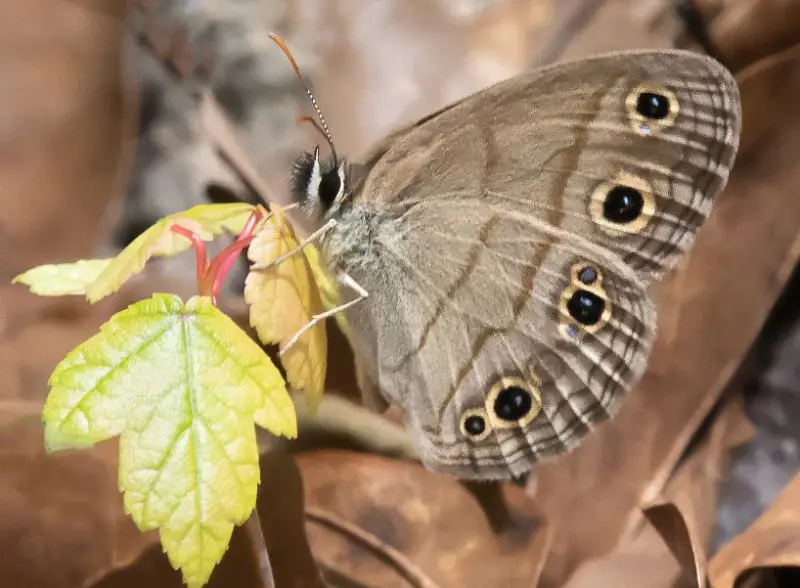
Little Wood Satyr butterflies (Megisto cymela) in Michigan are distinguished by their unique shade of brown, resembling gray. They feature large brown eyespots on both dorsal and ventral wings, visible from afar. While typically small, some individuals may reach medium size with wingspans nearing 50mm.
Baltimore Checkerspot
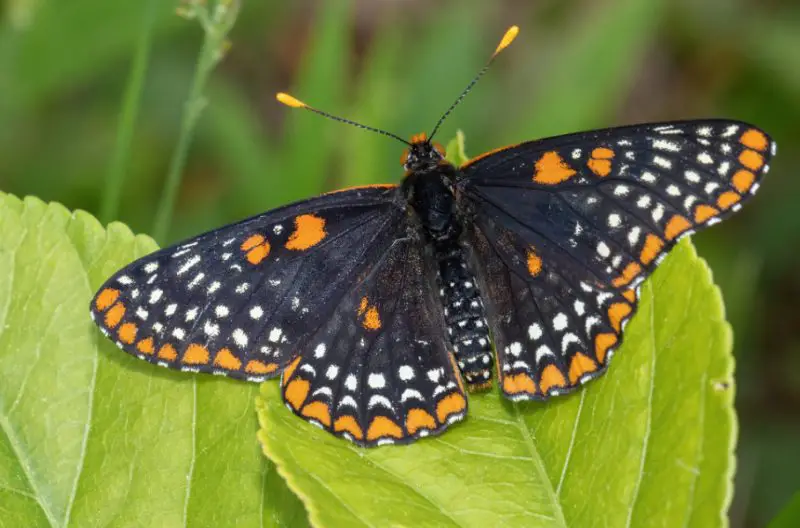
Baltimore Checkerspot butterflies (Euphydryas phaeton) are often found near host plants like white turtle heads. Identified by their brown base color with white and orange dots on the wings’ outer margins, they are active in summer. As caterpillars, they sport orange bodies with black spots and lines, and can overwinter beneath dead foliage.
Common Wood-Nymph
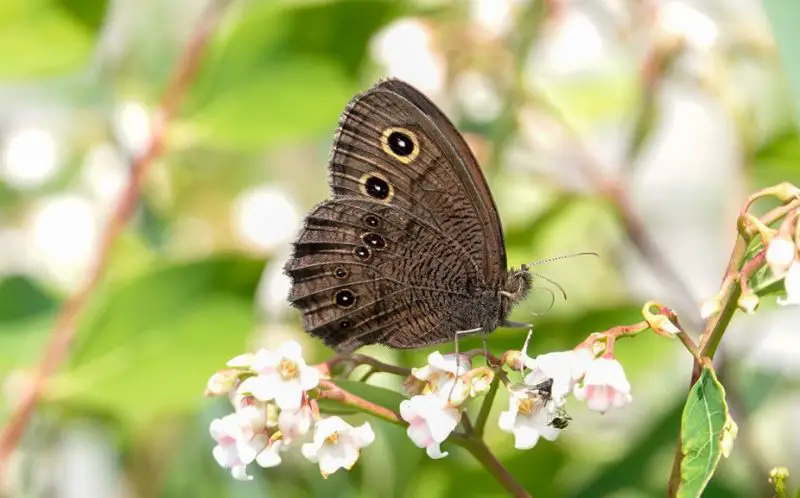
Common Wood-Nymph butterflies (Cercyonis pegala) inhabit woodland edges, mirroring their brown-dominated coloring. Dark brown dominates their dorsal wings, adorned with light brown patches and two dark eyespots. Ventral wings feature light brown hues, with two additional eyespots sporting white centers.

